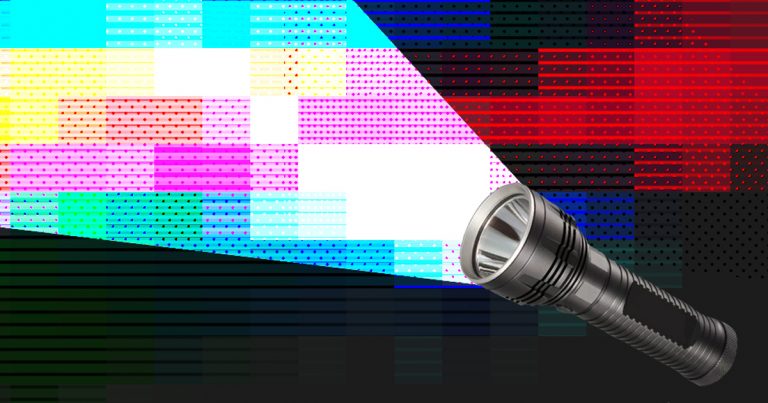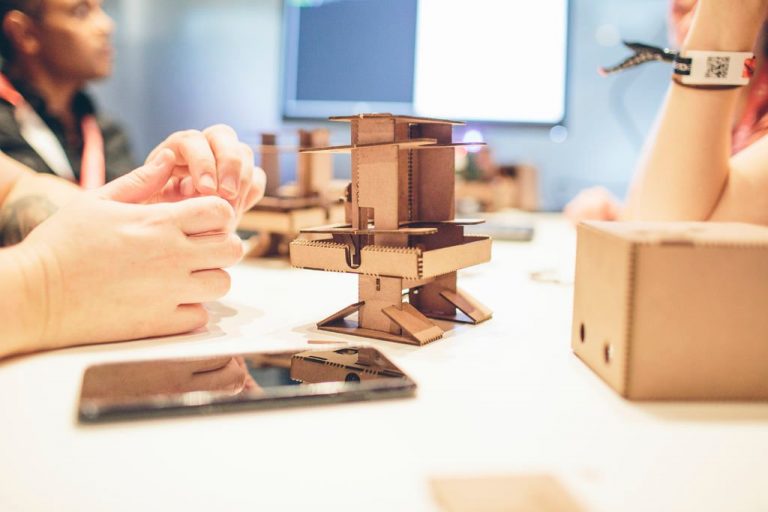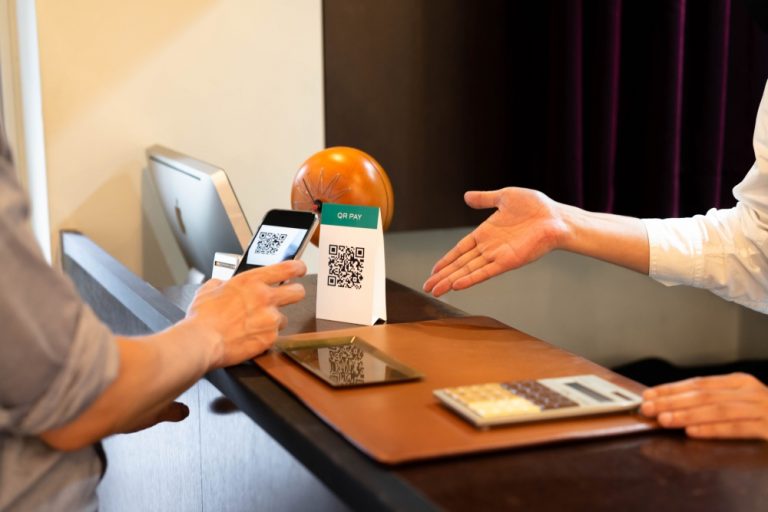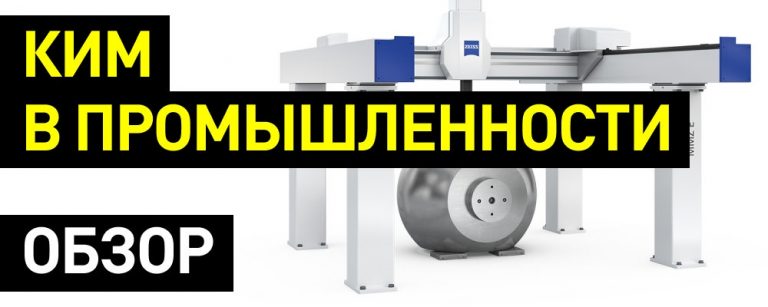Personal experience: how we prepared a course on computer modeling at the undergraduate degree at Novy Phystech
This is a special rubric New Physicotechnical Institute ITMO… Here scientists, teachers and students of the Faculty of Physics and Technology reflect on science and everyday life. Mikhail Petrov, Ivan Toftul, Ksenia Baryshnikova and Igor Rozhansky tell how the team of Physics and Technology approached the launch of a course on computer modeling for undergraduate students.
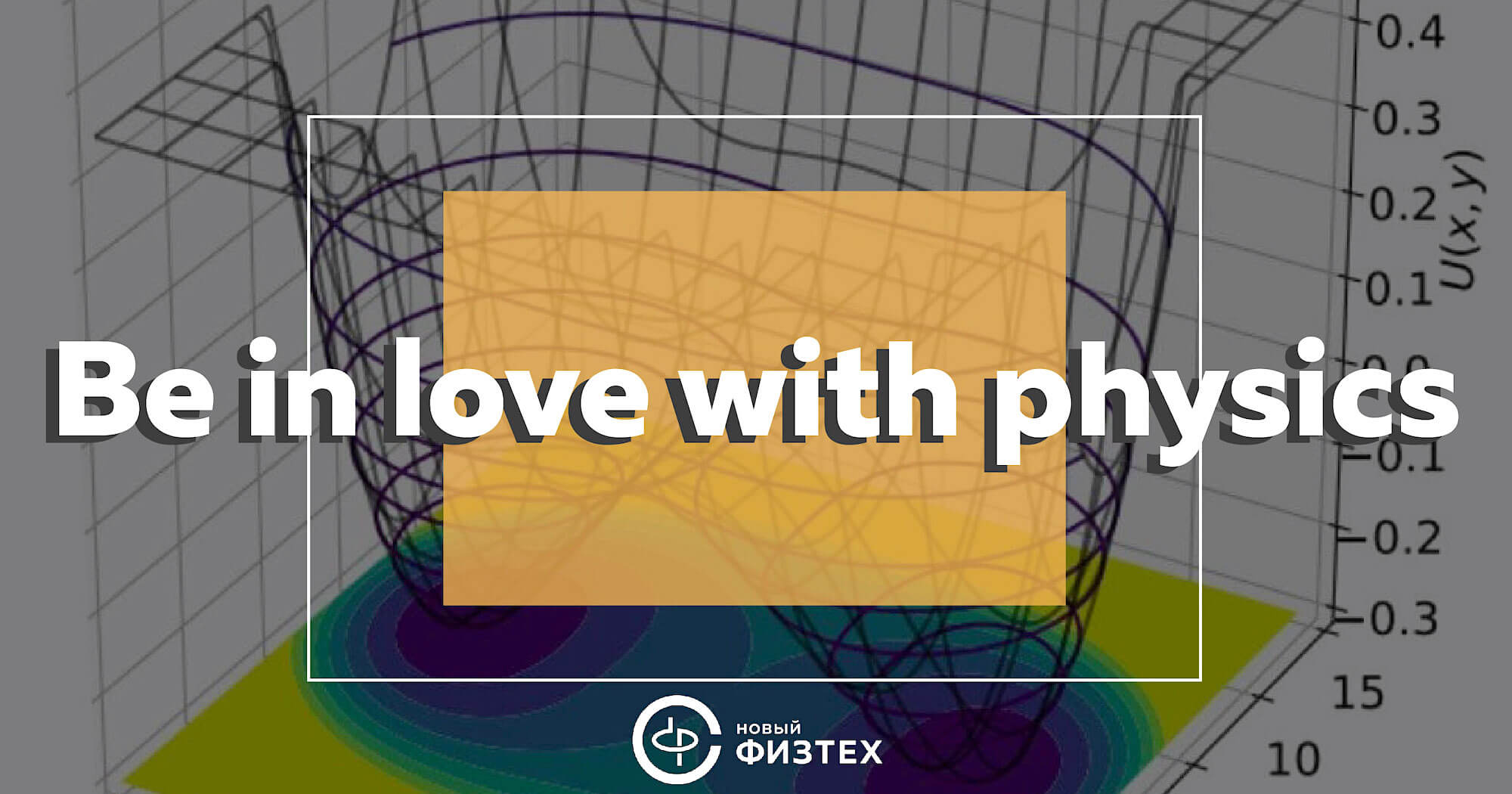
It was / is
Physics has historically been divided into experimental and theoretical, but with the development of computing power and the simplification of computations in general, a direction appeared at the junction – numerical modeling. In fact, this is a “computer” experiment that allows you to develop complex physical systems, check their viability and efficiency even before laborious tests on complex expensive equipment.
By the beginning of the third year, our students have a good knowledge of linear algebra, differential calculus and basic techniques of numerical methods. Then they come closer to scientific work. However, real problems in fundamental and applied science are very cumbersome and laborious. It is extremely difficult to teach to see those that can be approached analytically, and even more so to solve them, and even such tasks few (author mentions research fundamental limit of the speed of sound, where the answer was able to fit into the abstract (!) of the article).
In our course, we focused on the ability to solve physical tasks numerically. We focused on using ready-made libraries and numerical packages (for example, SciPy and COMSOL), which allow you to quickly get an answer and start analyzing. With this approach, the computer takes over the calculations, and the student focuses on understanding patterns.

At the first stage of preparing the course, we formulated the following tasks:
Teach students to prepare a mathematical model based on a physical one (explicitly write down the equations that will be solved), and then implement it on a computer.
Introduce them to physical modeling packages by example COMSOL Multiphysics…
Show how numerical errors lead to errors in physical quantities or even to incorrect physical results.
Laboratory works
They should be as illustrative as possible, both from the point of view of numerical methods and from the point of view of the relevance of the physical model. We have completed ten laboratory works.
Zombie epidemic
Tool – Python, MATLAB.
Mathematics – drawing up and solving systems of remote control, analysis of results.
Physics – standard epid. disease spread model like SIR and others (when we were preparing this course, we could not even imagine that the topic would be so relevant).
Relevance – Understanding the typical trends of epidemics helps to act effectively and responsibly in situations similar to a global pandemic. A similar description of the dynamics of the system is still found, for example, in economics.
Optical tweezers and temple noise
Tool – Python, MATLAB.
Mathematics – solving stochastic dynamic equations.
Physics – modeling the movement of micro- and nanoparticles in optical tweezers, taking into account thermal noise.
Significance – Adding stochastics to a system is a common technique for making a model system closer to a realistic one.
Quantum well
Tool – Python, MATLAB.
Mathematics – solving eigenvalue problems.
Physics – solving the Schrödinger equation, determining the states of an electron in an arbitrary quantum well.
Significance is a fundamental challenge in quantum mechanics from a numerical modeling perspective.
Tool – Python, MATLAB.
Mathematics – solving systems of linear equations.
Physics – elements of the theory of percolation, determination of the conductivity of a random grid.
Significance – percolation methods are now used in biology, ecology, urban traffic, and to create high-capacity batteries [раз, два, три]…
Determination of the Fermi level
Tool – Python, MATLAB.
Mathematics – solving algebraic equations, Newton’s method.
Physics – determination of the Fermi level in a semiconductor with an arbitrary doping level.
Significance is a model for calculating one of the key parameters from the world of semiconductors. This task is relevant until photon computer did not become desktop.
Planar waveguide
Tool – Python, MATLAB.
Mathematics – solving algebraic equations and eigenvalue problems.
Physics – determination of dispersion relations for the modes of a planar waveguide.
Significance is the study of waveguide modes with a simple example. Waveguides are now meeting all over the place…
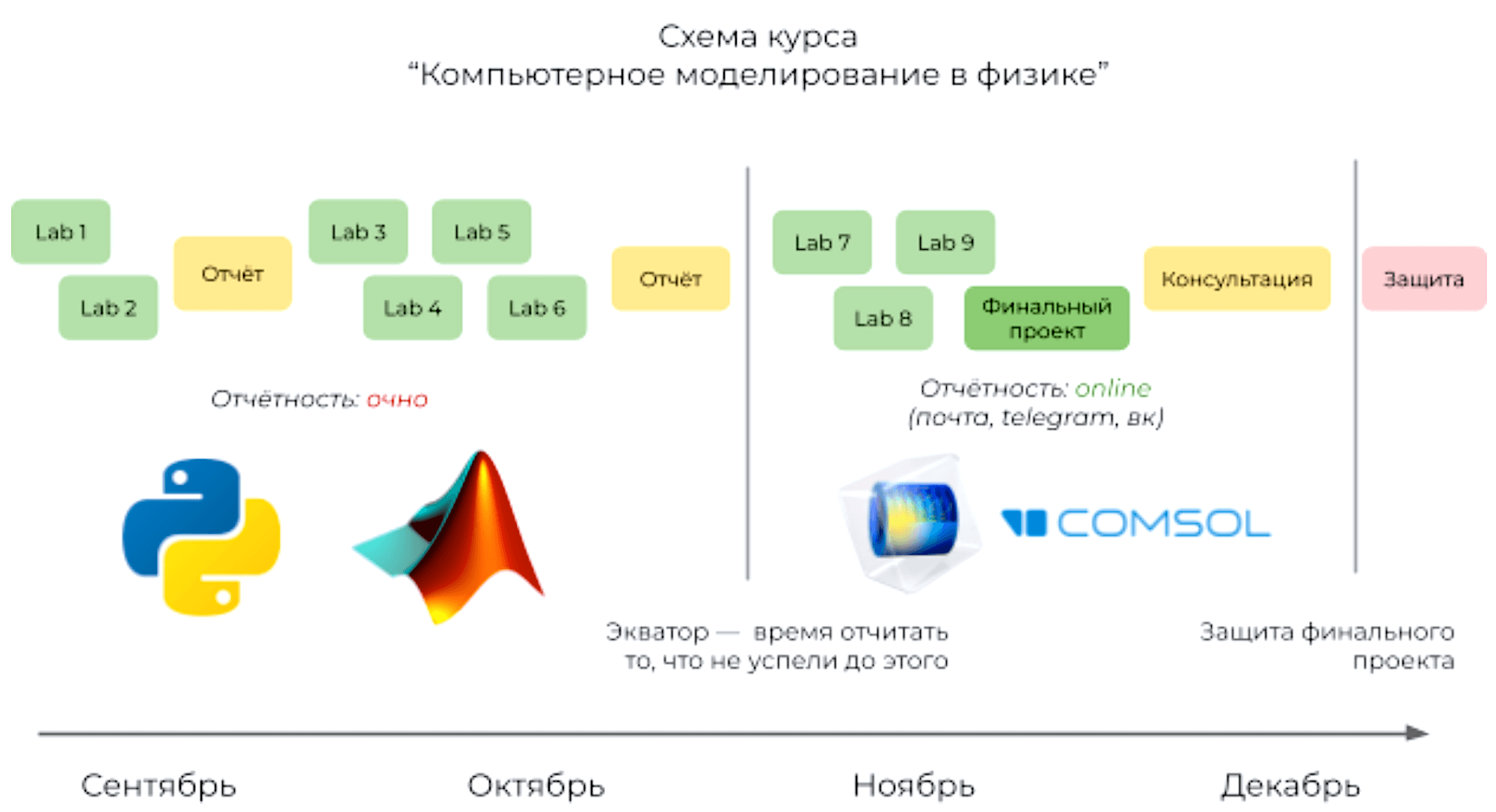
Point charge over a conductive plane
Tool – COMSOL Multiphysics.
Mathematics is your first exposure to COMSOL.
Physics is the simplest electrostatics.
Significance – familiarity with one of the standards for the numerical tests of theories. models.
Normal drop at the interface between two media
Tool – COMSOL Multiphysics.
Mathematics – modeling boundary conditions.
Physics – the passage of light through the interface between two media.
Significance – familiarity with one of the standards for the numerical test of theories. models.
Heat distribution at the wire with current
Tool – COMSOL Multiphysics.
Mathematics – the simultaneous use of several packages of “physics”.
Physics – Joule heating and heat conduction equation.
Significance – everyday phenomena using numerical modeling.
The final project – where is the best place to put the WiFi router / speakers
Tool – COMSOL Multiphysics.
Significance – to give a problem with an open answer, to check the knowledge and skills gained.
To each his own decision
We did not have hard restrictions on the choice of programming language, IDE and solution methods. We settled on three options:
Python and MATLAB… High-level languages with many ready-made libraries are the obvious choice. There are, of course, alternatives that benefit from certain scenarios. For example, it has proven itself well Julia, but the popularity of the options is higher and the ability to “Google” almost any problem outweighed the balance.
COMSOL Multiphysics – one of the standards for numerical calculations in the scientific community and a real “combine” for solving complex problems by the finite element method (FEM). Allows you to combine several calculation modules in one simulation – for example, electromagnetism and thermal conductivity. Checking analytical formulas can be compared with a numerical model in COMSOL, which is one of the first steps before comparison with a real experiment. At Novy Phystech ITMO, this is one of the most frequently used tools. Even COMSOL Days…
Presentation is important
For a career in science or industry, you need to be able to clearly represent the results of your work. Therefore, we focused on using a layout system that has long been accepted in the scientific community. The following recommendations were offered for registration:
The document must be in LaTeX.
Contains an annotation, theoretical introduction, results and conclusions, as in a scientific article.
Pictures should reflect the essence of the work – be understandable for colleagues from related fields (this requires labels of axes, parameters, and so on).
An example of one of the illustrations for LR # 1 is a multi-stage scheme for countering the zombie apocalypse (the work was done by Denis Sakhno). Here you can see the history of the epidemic. The student did not describe the areas in the figure captions, but explicitly indicated them on the graph itself.

Dispersions of an electron in a periodic potential (ЛР №3, performed by Denis Sedov). Publication quality chart. There is a clear description, links to formulas and basic methods.

Investigation of the eigenmodes of a plane waveguide (LR No. 6, performed by Gleb Fedorovich):

Calculating the field of a Wi-Fi router. One of the final projects (completed by Ruslan Gladkov, Nikita Ustimenko, Anton Shubnik and Denis Sedov). In this paper, students presented distribution maps. In the process, the group encountered a problem – the calculation for real dimensions was too difficult, so the problem was solved for a room of centimeter sizes.
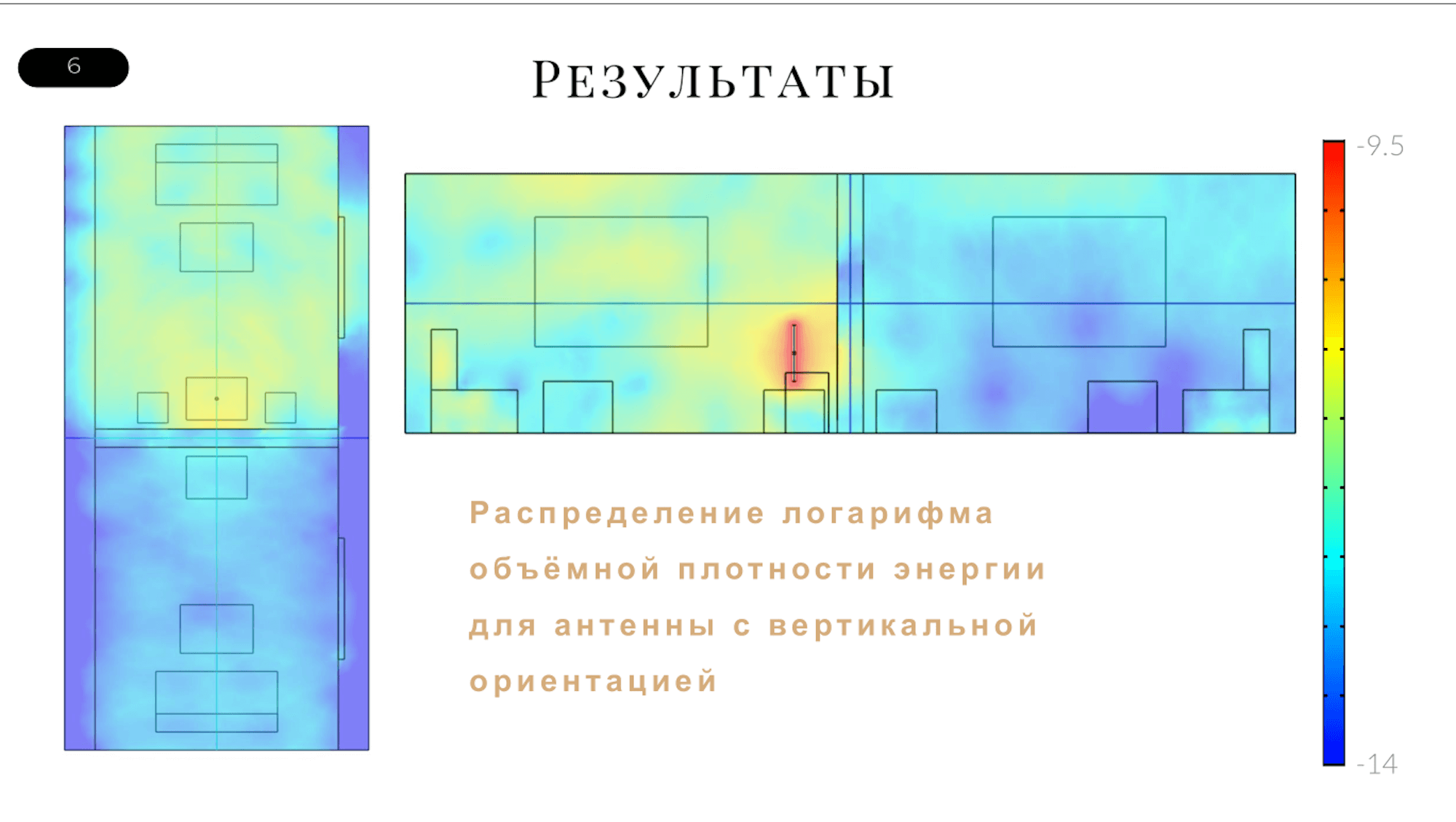
Conclusion
We briefly talked about the course on computer modeling. By the end of it, students learn to look more at the physics of the problems being solved, and not dig into numerical methods if this is not necessary. As a result, they receive a number of publication quality works. In this form, the program was attended by third-year bachelors in the fall semester of 2019.
Other materials on Habré:
The founder’s guide to AngelList
First season of the podcast “ITMO Research_”
Startups going global: a guide to Product Hunt
Talking about Codeforces with the founder of the project
PopMech and its ancestors: a foray into the history of tech

